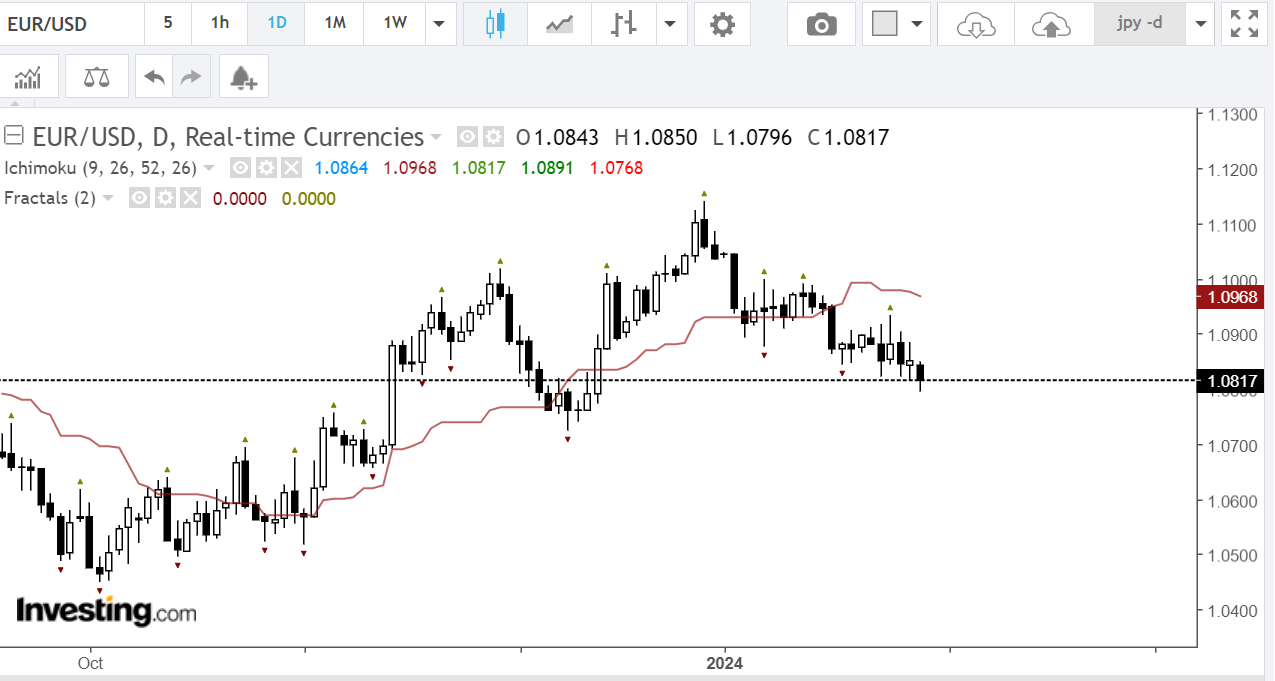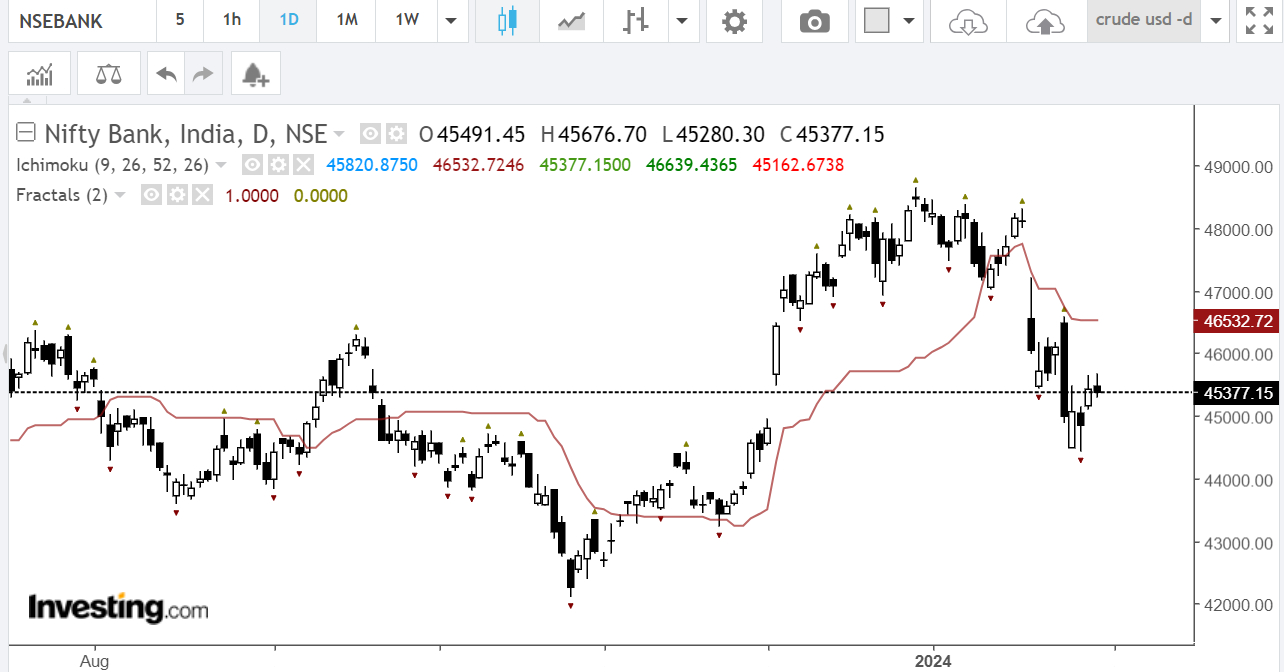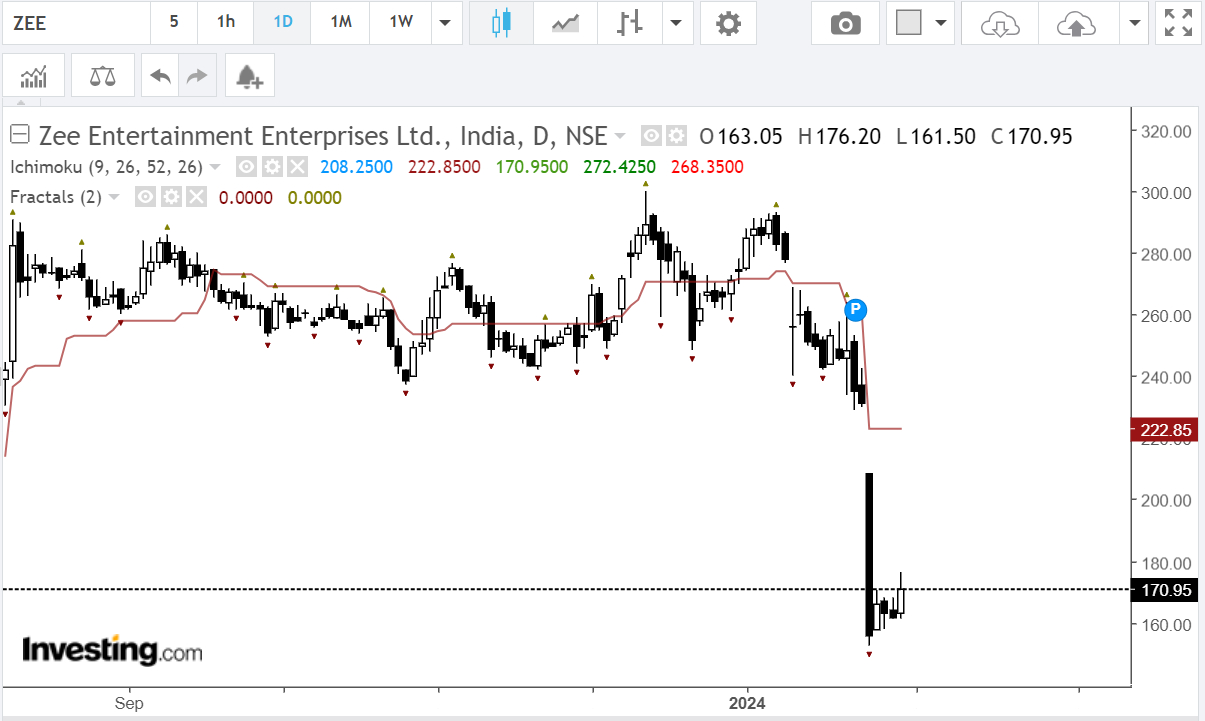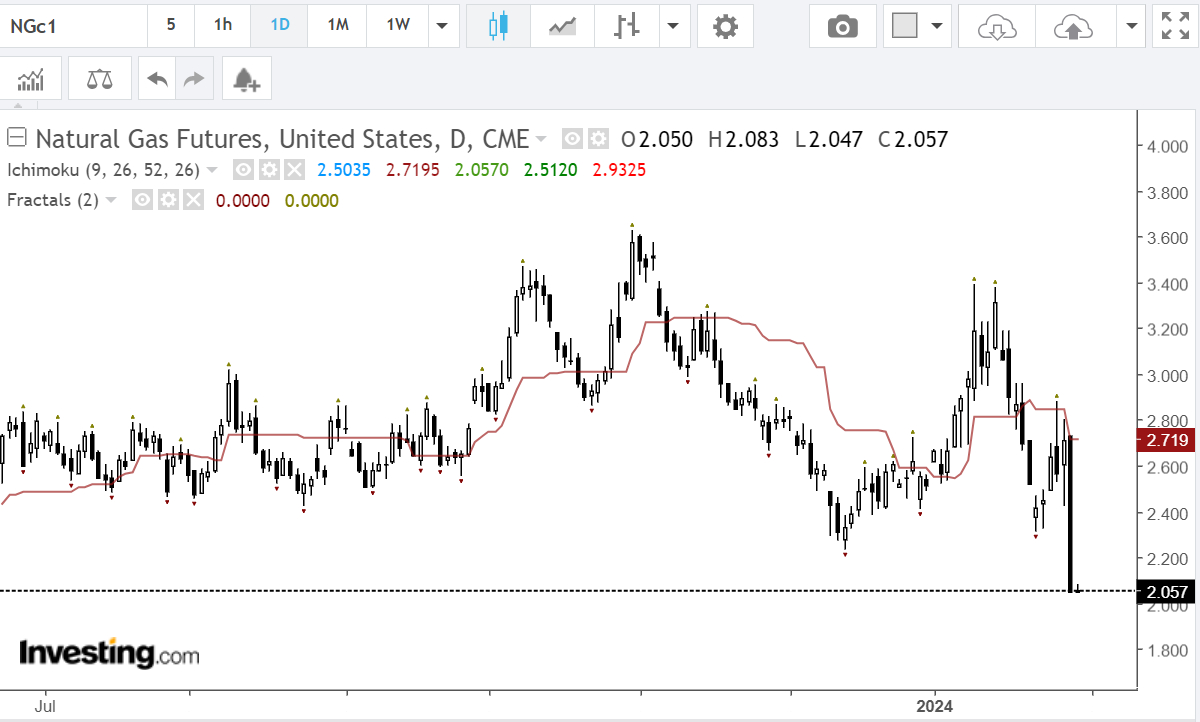
In my trading journey spanning almost five years and three blown trading accounts (gasp!), the one thing that I wish I had known early — apart from a working strategy to make money — was choosing the right segment of the Financial Markets to trade. To beginners, all price movements may appear the same: the green candlestick shows the price rise; the red candlestick shows the price fall. To me, that is all that mattered. Further, most learning materials available online claim to teach methods which work the same way on all vehicles. So who cares? I entered currencies, commodities, index futures, and intraday equities, indiscriminately. Anything that moved, I entered. It was evident to me quite later as I grew more circumspect with my money and my methods that it is not all the same. Each vehicle has a distinct price signature owing to unique factors affecting the movement of its price and it can make or break a trader’s profit and loss account. I am sure all these vehicles can be traded, but any individual trader has to find the vehicle that works for him/her.
Let me show you how this is relevant.
Take, for example, currencies.

Currencies are traded 24*5 (except on weekends) i.e. except for weekends the market is working all the hours. It implies that there is no discontinuity in the price movement. There are no surprising gap ups and gap downs. The currency market is so vast and has so many participants spread all over the globe that prices cannot be manipulated (which is a major problem in stocks). To add, everyday news of any kind doesn’t affect the forex market (unlike stocks). A nation’s currency which represents the overall health of its economy is also very unlikely to rise or fall catastrophically (unless it is of a failed economy like Pakistan).
Fundamental factors that affect price movement are interest rate decisions by central banks, inflation data, employment data, and GDP (Gross Domestic Product).
I find currencies to be relatively the most predictable instruments to trade because of the continuous charts and almost no noise due to business news.
Now, contrast this with index futures like Banknifty.
I am experiencing vertigo just looking at this chart. The equity market operates from 9:15 am to 3:30 pm in India. As can be seen, almost every day the index price gives a gap up or a gap down opening. It happens because the index value does not represent a single entity, it is calculated based on weights assigned to the 12 constituent banks as per their market capitalization. This is why I find no rhyme or reason for its movements; after all, it represents the net effect of the price movement of 12 different banks. What do you expect? If you are in an overnight leveraged position, the next morning can reveal a surprise: you can potentially either be very rich or very poor.
Individual equities are no better for trading. They are heavily affected by the news, any news: resignation of a CEO, the release of quarterly reports, a rumour of merger and acquisition, a policy change by the government which affects the sector, a policy change by a foreign government which affects the sector, a contract awarded, a contract cancelled. I would not dare put my money in any trade involving individual equities. Don’t get me wrong. I love equities as investment vehicles. You can buy a good (subjective definition of good is outside the ambit of this article) stock and sit patiently; that is all it takes. You can buy more if the stock price dips. They are the most fabulous instruments to build wealth, but as far as leveraged short-term trades go (futures and options), I don’t like them. They can blow a lot of capital based on some news whose effect may probably vanish with time, but not without vanishing your capital.

Here is Zee Entertainment’s (NS:) stock which tanked to almost half following the news that Sony cancelled the merger of its TV and streaming business with Zee. Everything in capital markets is risky, but there is a difference between holding stocks in Zee and holding BUY futures. Equity stockholders were perhaps disappointed and were thinking of buying more stocks at now considerably cheaper price; Future holders were perhaps tying a rope to the ceiling fan (oh, I hope that didn’t happen to anyone; I am being morbid here). The point is there are many ways to participate in different instruments with their unique risks involved. So, we should not jump blindly.
I shall give one more example from commodities now. Each commodity has its own supply and demand dynamics: is affected by vastly different factors than or Natural Gas. Let’s look at Natural Gas. Extremely volatile, it has been called the widowmaker for supposedly wiping too many trading accounts.

Why is it so volatile? Natural Gas price is affected by factors such as production capacity being added, storage inventory levels, and variation in weather (most dominant). Weather affects the price of because heating demand rises and falls based on prevailing temperatures. It means, you can keep drawing your stupid price action lines and the price will go wherever it wants to go because weather. I used to trade Natural Gas; I no longer do.
Everything I have written here is based on my own subjective experience. It is certainly not true for every trader. But what is certainly true is figuring out a niche which works for you and your trading style. Otherwise, you will win some trades and lose some trades and you will think it is all just a chance. It isn’t.
Note: The terms Market, Vehicle, and Instrument have been used interchangeably; they simply mean whatever you are buying or selling.


